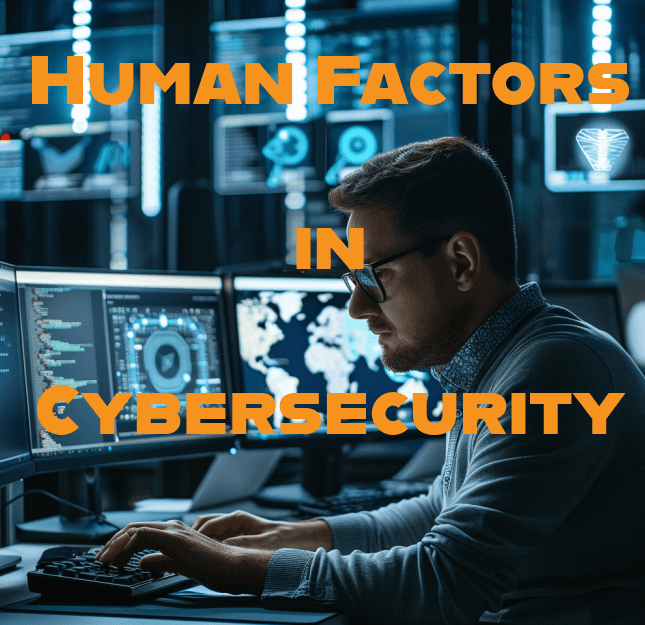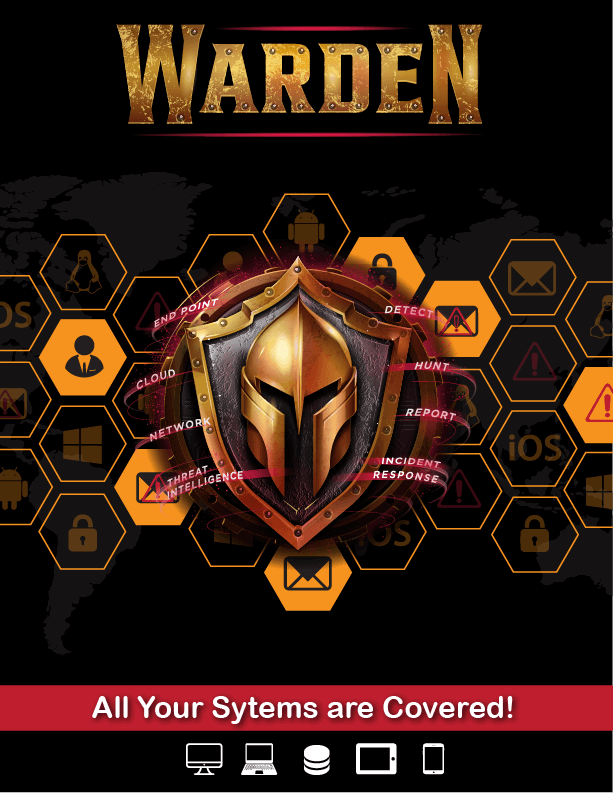Building Cybersecurity Resilience: The Vital Role of the Human Element
Introduction:
In today’s rapidly evolving digital landscape, cybersecurity breaches continue to pose significant threats to organizations worldwide. While technological advancements have bolstered defense mechanisms, a critical vulnerability remains: the human element. This article delves into the pivotal role of human factors in cybersecurity, exploring how proactive measures and strategic leadership can mitigate risks and safeguard sensitive data.

The Human Factor in Cybersecurity:
Cybersecurity breaches, as reported by reputable sources like the World Economic Forum, IBM, and CompTIA, are predominantly caused by human error, underscoring the paramount importance of addressing the human aspect of security. Despite advancements in automated solutions, skilled professionals remain indispensable in thwarting malicious attacks, social engineering, cyber resilience, and safeguarding organizational assets from data breach.
Primary Data Breach Methods:
Among the myriad tactics employed by cybercriminals, phishing attacks stand out as both prevalent and potent. According to Forbes, a staggering 78% of IT leaders identify C-suite executives as prime targets for phishing attempts. These attacks, often leveraging human psychology as the weakest link rather than technological sophistication, boast a concerning success rate, posing significant human element threats to organizational security.
Proactive Cybersecurity Measures:
To fortify defenses against phishing and other cyber threats, organizations must adopt proactive measures. Proactive monitoring of the Dark Web and robust password management systems emerge as crucial strategies. By detecting compromised credentials and preempting potential breaches, organizations can mitigate risks and safeguard sensitive information.
Cybersecurity Statistics and Trends:
Statistics from reputable sources paint a sobering picture of the cybersecurity landscape. Cisco’s research indicates that 48% of organizations have relinquished proactive cybersecurity efforts, succumbing to what is termed “cybersecurity fatigue.” This phenomenon underscores the urgency of reevaluating cybersecurity strategies to combat evolving threats effectively.
The Role of vCISO:
Enter the virtual Chief Information Security Officer (vCISO), a strategic ally in navigating today’s cybersecurity challenges. With expertise spanning diverse security domains, a vCISO serves as a central point of contact for orchestrating comprehensive security measures. Leveraging solutions such as Zero Trust endpoint defense, Dark Web monitoring, prioritizing threat landscape, and automated continuous pentesting, a vCISO vigilance empowers organizations to proactively identify and mitigate exploitable vulnerabilities as a key line of defense.
Human Element Review:
In conclusion, the efficacy of cybersecurity measures hinges not only on technological prowess but also on human element of expertise that is wrapped in knowledge, skills and abilities and including strategic leadership. By recognizing the critical role of human factors and embracing proactive cybersecurity measures, organizations can bolster resilience against evolving threats. As we navigate an increasingly interconnected digital landscape, the collaboration between human ingenuity and technological innovation remains paramount in safeguarding our digital assets and avoiding a data breach.

Get Protected Today:
To embark on your journey towards enhanced cybersecurity resilience, reach out to us for expert guidance and support. Let’s navigate the complexities of cybersecurity together, ensuring a secure and resilient future for your organization leveraging our Zero Trust solution, Warden.





